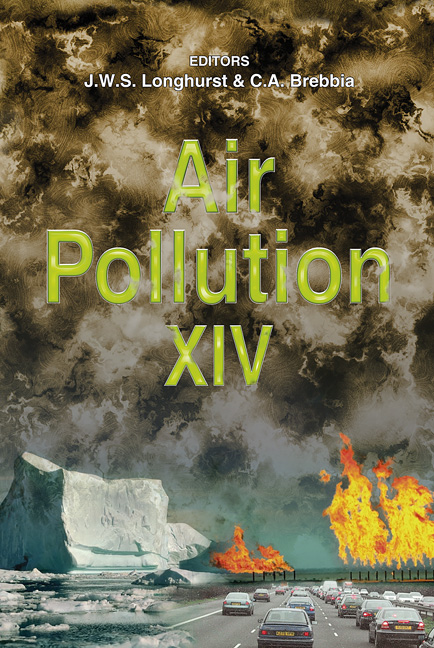Evaluation/improvement Of In-cab Air Quality At An Interstate Travel Center With Truck Stop Electrification
Price
Free (open access)
Transaction
Volume
86
Pages
10
Published
2006
Size
833 kb
Paper DOI
10.2495/AIR060561
Copyright
WIT Press
Author(s)
W. Davis, T. Miller, Y. Lam, G. Indale & A. McCall
Abstract
This paper presents the results of a study conducted in 2004-2005 related to the measurement of ambient air quality and Heavy Duty Diesel Vehicle (HDDV) cabin air quality in the vicinity of a major interstate travel center in which truck stop electrification (TSE) had been installed to reduce idling of heavy duty diesel truck emissions in a section of the travel center. The paper provides 1) a summary of the ambient air quality (PM2.5, NOx and CO) in the vicinity of the travel center which contains approximately 225 HDDV parking spaces, including both TSE and non-TSE parking spaces 2) the results of a study that was conducted to compare the HDDV cabin air quality (PM2.5) to that of the ambient air under various truck idling operating conditions, including idling, idling with the truck’s heating ventilation air conditioning (HVAC) system on external air circulation, idling with the truck HVAC on Max AC with internal air circulation, and no idling with the truck utilizing TSE, and 3) improvements in cabin air quality achieved by installing a more efficient filter medium in the HVAC system of the TSE system. Keywords: air quality, PM2.5, diesel truck emissions, truck stop electrification, idling emissions, air filtration, cabin air quality, particle size. 1 Introduction The Department of Transportation (DOT) in the U.S. requires truck drivers to rest for extended periods when transporting goods on public highways. During this time and while waiting for loading and unloading of their trucks, truck
Keywords
air quality, PM2.5, diesel truck emissions, truck stop electrification, idling emissions, air filtration, cabin air quality, particle size.





